Quiet Bathroom Fan with Check Valve
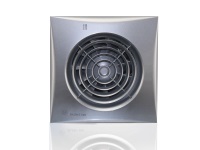
Ventilation is an important factor that should not be neglected when setting up a bathroom. Many people mistakenly believe that it is only needed to remove unpleasant odors. That is why it often happens that ventilation holes are plugged during renovation, and unpleasant odors are fought with air fresheners.
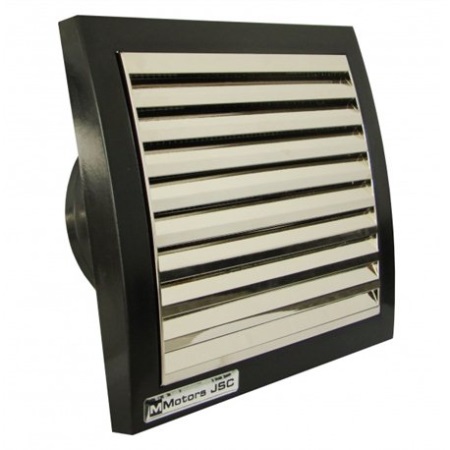
In fact, the function of ventilation is much broader. It should provide normal air circulation in the room, maintaining a certain level of humidity. This prevents condensation, mold, mildew and insects in the bathroom.
Often people refuse a bathroom fan because it makes a lot of noise. Just not everyone knows about the existence of low-noise and silent models, which do not disturb the peace of the household at all. About these useful and convenient devices we will tell in today's article.
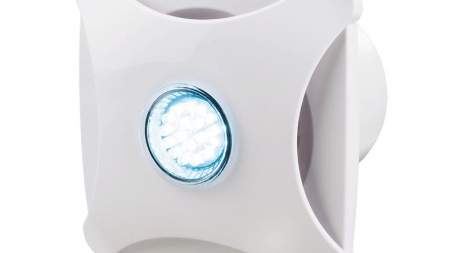
The device
In our article we will talk about fans equipped with a non-return valve. It is a small and very simple mechanism that prevents the penetration of air from the ventilation duct back into the room. Check valves are usually made of plastic or stainless steel. They consist of three basic elements - a frame, two flaps and a pin to which the flaps are attached.
In addition to the check valve, the design of a silent fan includes the following elements: air intake grid, aerodynamic impeller, anti-vibration inserts and a motor.
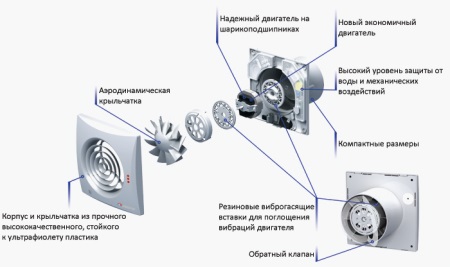
Operating principle
The principle of operation of the check valve, regardless of where it is installed - in the ventilation duct or in the sewer pipe - will be the same. It is designed so that the movement of air (or water) can only occur in one direction. If you try to move in the opposite direction, the air will bump into a barrier of tightly closed flaps.

The flaps are actuated by the air movement, which is in turn actuated by the fan. In this way, air is drawn in until the fan shuts off. When the fan is switched off, the flaps close, blocking the air from flowing back.
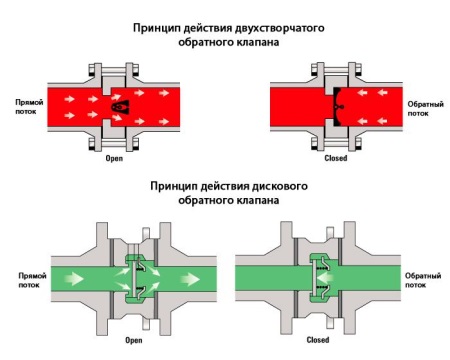
Why is the fan silent?
Silent bathroom fan becomes, thanks to some features of the design, about which we will briefly tell.
- First, the motor device has special vibration isolating elements that absorb vibrations, which are the main source of noise.
- Secondly, the manufacturers have carefully considered the appearance of the fan. The air intake grille has a special, streamlined shape. In addition, the choice of material of the grille also plays an important role - this determines the air resistance.
- Thirdly, silent operation is achieved due to a different bearing model. Apart from the sound-damping properties, they are very reliable and require no additional maintenance (e.g. lubrication).
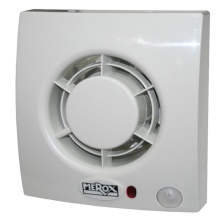
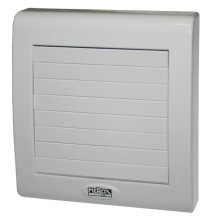
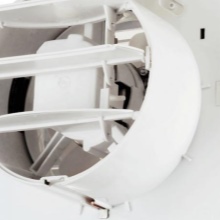
Types
Manufacturers of household ventilation equipment offer three varieties of fans that are suitable for installation in the bathroom:
- Radial - large-sized models with a spiral-shaped grid, which today prefer to install mainly in industrial premises;
- axial - are familiar to everyone devices that set the air in motion through rotating blades, such fans can provide supply and exhaust air;
- ducted - the quietest of all presented varieties, as they are not mounted on the wall, but directly into the ventilation duct; thus, the noise of the fan does not reach us, as the device is in the distance.

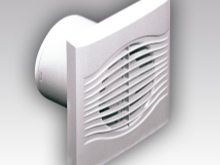
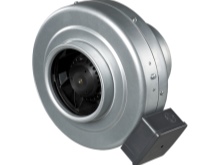
Types according to the principle of operation
Different types of check valves can be used in silent fans. Depending on the principle of operation, there are three types of these devices:
- Controlled type check valve - operated by electricity or manually operated;
- self-closing type check valve - actuated by tensioning or loosening the spring;
- Passive check valve - works under the influence of gravity, opens only in the direction of airflow.
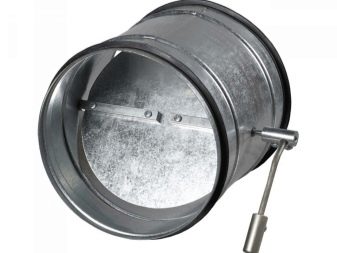
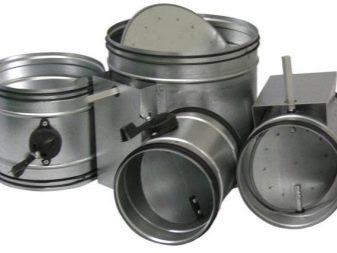
Model overview and prices
We offer you an overview of the best models of silent bathroom fans equipped with a non-return valve:
|
Model |
Power, W |
Air change, m3/hour |
Noise level, dB |
Features |
Average price, rubles |
|
VENTS 100 Kvyt |
7.5 |
97 |
25 |
- 5 year guarantee |
1600 |
|
Soler & Palau SILENT-100 CZ DESIGN 3C |
8 |
75 |
26 |
- set of colored removable strips for the housing |
4500 |
|
Soler & Palau SILENT-100 CMZ |
8 |
95 |
26 |
- Maintenance-free ball bearings |
2300 |
|
Soler & Palau SILENT-100 CMZ DESIGN 3C |
80 |
26 |
- switch lanyard |
2500 |
|
|
VENTS 100 QUITE T |
7.5 |
97 |
25 |
- switch-off timer |
2300 |
|
VENTS 100 QUITE TH |
7.5 |
97 |
25 |
- humidity sensor |
3100 |
|
VENTS 100 Quite TP |
7.5 |
97 |
25 |
- ON timer; - presence detector |
3100 |
|
Soler & Palau SILENT-100 CRZ DESIGN-3C |
8 |
85 |
26 |
- ON TIMER; - set of colored interchangeable housing strips |
4800 |
|
VENTS 100 QUITE STYLE |
7.5 |
90 |
26 |
- unusual design of the enclosure; - 5 years warranty |
1700 |
|
VENTS 100 QUITE STYLE |
7.5 |
97 |
26 |
- switch-on timer; - humidity sensor |
4140 |
Choosing Tips
- When choosing a fan for the bathroom, you need to consider several important parameters, including power, airflow rate and noise level. Silent are devices whose power is within 26 dB.
- The air exchange rate of the fan is determined by the area of the room. For more information on how to calculate the necessary air exchange, you can read in our article "Ventilation in a wooden house. Features of ventilation in the bathroom."
- For use in rooms with a high level of humidity (which include the toilet and bathroom), you need to choose moisture-proof fan models.
- Also pay attention to the presence of additional functions. For example, fans equipped with an automatic timer, motion (presence) sensor and humidity sensor are very convenient.
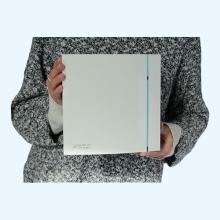
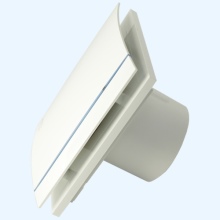
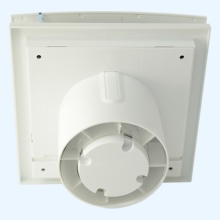

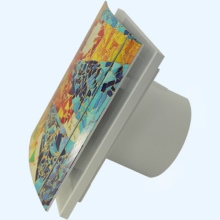
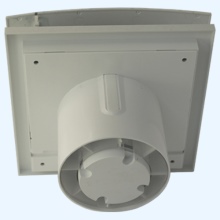
Installation
Independent installation of the fan - a task quite feasible, even for those who have minimal experience in repair work. You only need to carefully read the instructions, have the necessary tools and a dose of patience.
The easiest way to install the usual overhead fans of the axial type - these are the most commonly used in bathrooms. They are mounted on top of the ventilation hole with a set of fasteners. In this case, the cross-section of the air intake grid must match the size of the ventilation hole.
In order to connect the fan to the network, you need to bring a cable to it from the nearest junction box (if the fan in the room is installed for the first time). Do not forget that the wiring must be fully protected from the effects of moisture - wires can be laid in strokes, hidden in special channels, hidden under a suspended ceiling or a false wall of plasterboard.
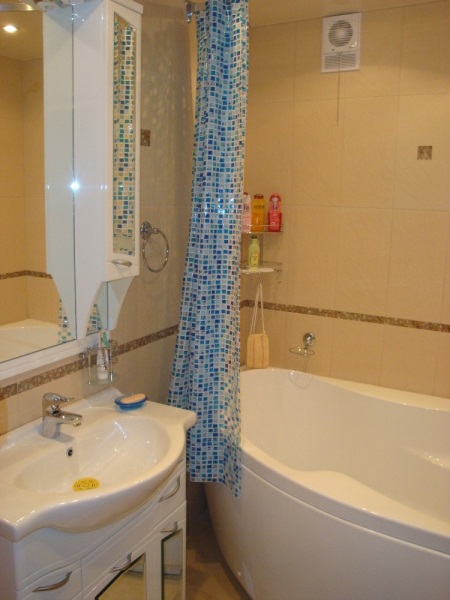
In the following Youtube channel video you can see how to mount a silent fan in the bathroom by yourself.
If the bathroom is equipped with a window, you can try to make a silent fan yourself. The homemade fan is attached to the window. It can work both in and out. When working, such a fan practically does not make any noise.




